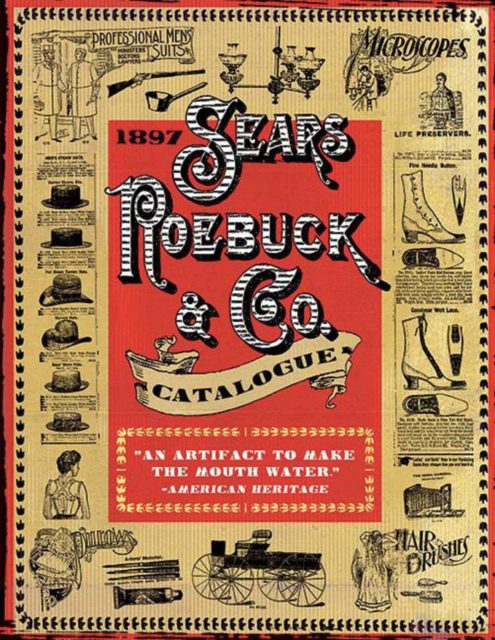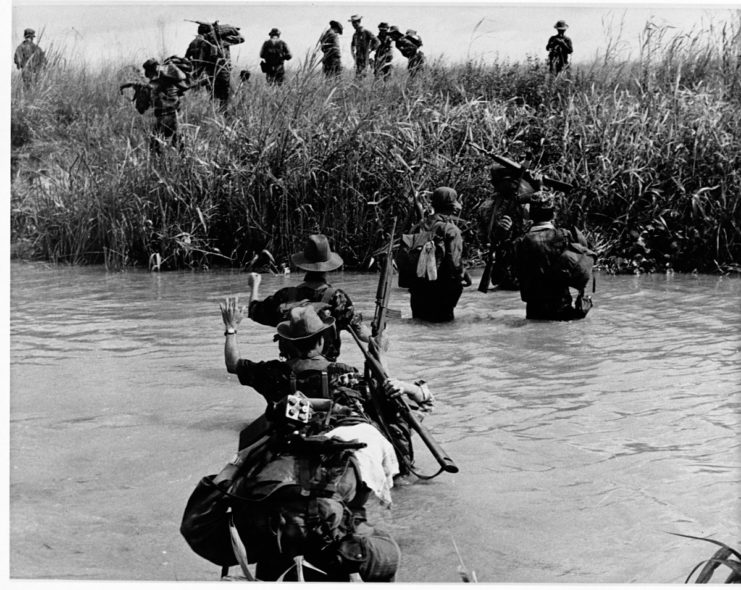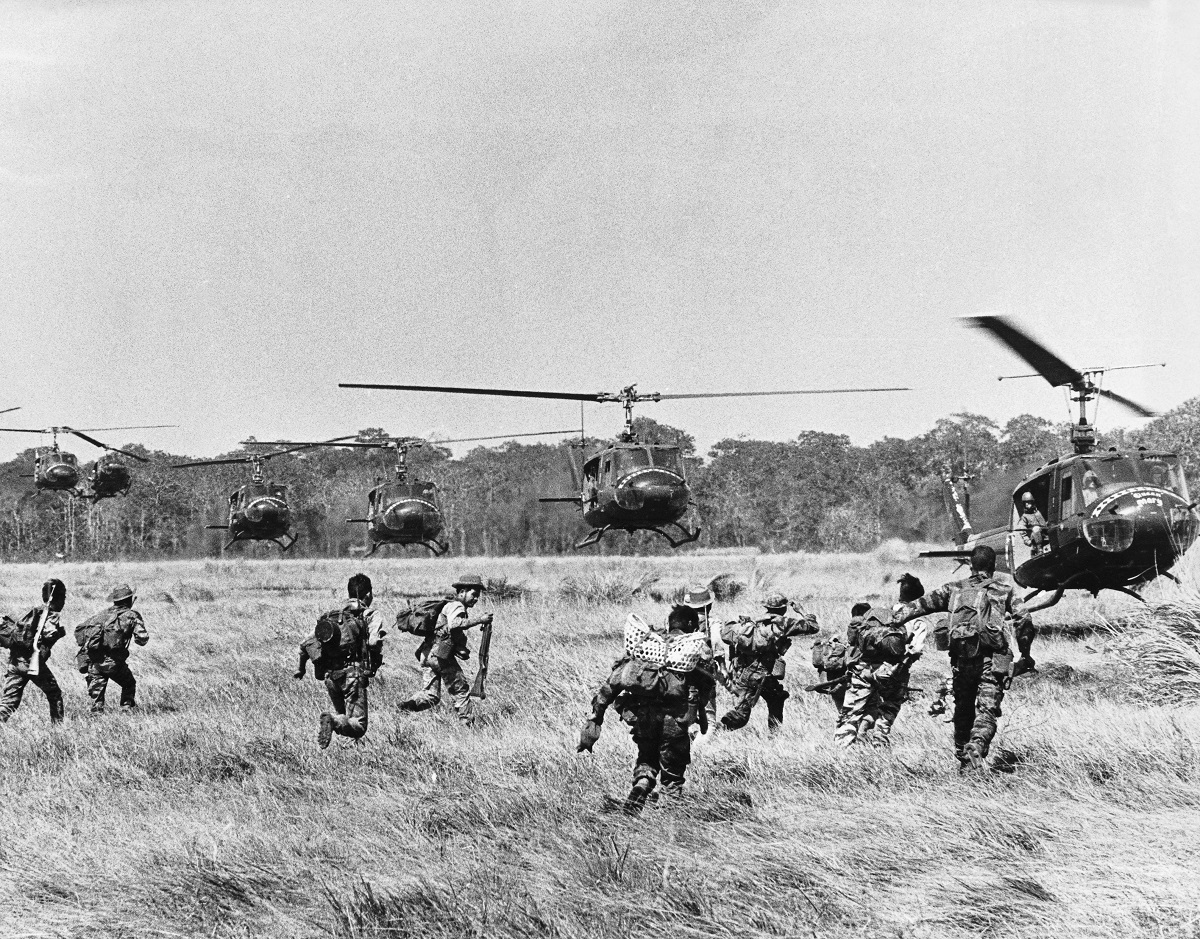Sometimes the most interesting aspects of military operations are the small logistical matters that are often overlooked. An example of this is how the CIA paid its spies in Vietnam. A seemingly simple task, that was in reality something that needed careful consideration. As money was of little use to Vietnamese spies, they instead were paid in products from the Sears catalog.
Intelligence officer Jon Wiant arrived in Vietnam in 1966 and was greeted with a war the US was rapidly increasing its involvement in. Based in Hue, Wiant came to lead a small group of Vietnamese agents who worked to gather intelligence on the Viet Cong.
He soon encountered the issue of payment; money was of little use for his Vietnamese agents.
The problem of payment for agents is one that pops up all over the world for different intelligence agencies. While the majority are paid in a way similar to civilian employees, there are some who have some very specific needs.
To the average person declining monetary payment seems mad, but agents working in regions with basic infrastructure, or carrying out missions that require particular tools, often desire other forms of payment.
This can be as simple as pens and power tools, or something a little harder to obtain, like weapons and drugs.
Wiant’s agents lived and worked in a place where money was of little value, with a system of bartering taking its place. Previously, Wiant’s predecessor had paid the agents in rice and other necessities, which they either consumed themselves or traded for other items they needed.
Unfortunately, this system became less effective when local chiefs started tapping into the earnings of agents, so Wiant had to come up with new forms of payment that he could physically deliver and were actually useful for the agents.
Wiant knew another handler who he said was the “best of the Vietnamese agent handlers.” He had witnessed this handler give an agent a straw hat as a bonus, which the agent gladly accepted. This gave him the idea of ordering items for his agents from the Sears catalog. His wife had sent him the most recent catalog not too long before, and it contained items that could be extremely useful for his agents.
The Sears catalog

The Sears catalog was an American “Book of Bargains” that contained everything from underwear to toys to entire pre-fabricated houses. It had something for everybody and was beloved by the nation for a century. Items like firearms, medicine, baby buggies, and instruments could all be found in the catalog.
It featured so many useful products that General Patton ordered tools, parts, and supplies from the catalog to equip the 2nd Armored Division just prior to the US entrance into WWII.
Sears catalog payment

With his Sears catalog, Wiant created a pay scale of different products that were issued depending on a mission’s difficulty and length. In addition, he sent the catalog into the field so the agents could have a browse themselves.
It returned with a request for “six boys’ size red velvet blazer vests with brass buttons,” each of which would compensate an agent for 20 days’ work. Wiant’s new system worked extremely well, with his agents receiving useful items that actually helped them out. They got creative with the items too, for example, agents ordered a “large bra” and used it to harvest fruit from a bamboo pole.
His payment budget increased considerably and Wiant’s agents were bringing him excellent information.
More From Us: The Baffling Death Of Mike Turpin, A US Army Broadcaster In Vietnam
In 1967 the working conditions for the agents were simply too dangerous for any practical products from Sears to cover, so the system was stopped. At this time US Marines were in the area and were accomplishing much of the intelligence work themselves.
But for the months it was used, Wiant’s Sears catalog payment system worked extremely well.
